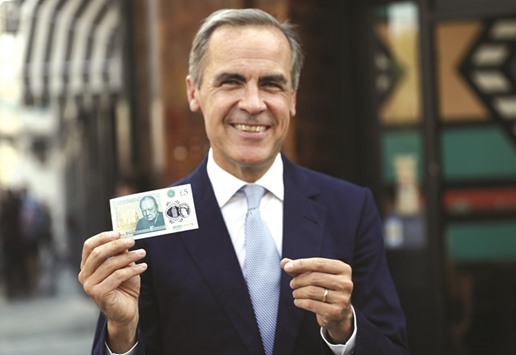The Bank of England said it plans to hold a key bank capital buffer at zero until at least June 2017 as the outlook for UK financial stability remains “challenging.” The BoE’s Financial Policy Committee said yesterday that banks shouldn’t increase dividends as a result of the countercyclical capital buffer rate being held at zero per cent for UK exposures. The central bank cut the rate from 0.5% in July, and said it will remain at that level “absent any material change in the outlook.” Among the threats to financial stability, the BoE noted “heightened uncertainty” about the economy and the UK’s future relationship with the European Union. The risks of a “sharp adjustment” in the British commercial real-estate market are “crystallising,” the central bank said. Led by governor Mark Carney, the FPC met this week after an active summer that saw it respond to the UK’s Brexit vote by cutting the countercyclical buffer and easing leverage restrictions. The latter move, aimed at ensuring a smooth pass-through of the BoE’s new monetary stimulus announced in August, allows UK banks to exclude central bank reserves when calculating their total exposure to risk. It said at the time that the change would result in banks needing 11bn pounds less capital to comply with the leverage constraint.
While the “sharp fall” in the exchange rate since the Brexit vote will “help to smooth the adjustment of the current account over time,” the BoE committee said the risk remains of reduced interest in the UK from overseas investors. The FPC also said that, whatever Britain’s future relationship with the EU, it will remain committed to “robust prudential standards” for the financial system. And that means no slackening of regulations. “This will require a level of resilience to be maintained that is at least as great as that currently planned, which itself exceeds that required by international baseline standards,” the BoE said.

Bank of England governor Mark Carney poses with a new polymer five pound note in London. The BoE’s Financial Policy Committee said yesterday that banks shouldn’t increase dividends as a result of the countercyclical capital buffer rate being held at zero per cent for UK exposures.


